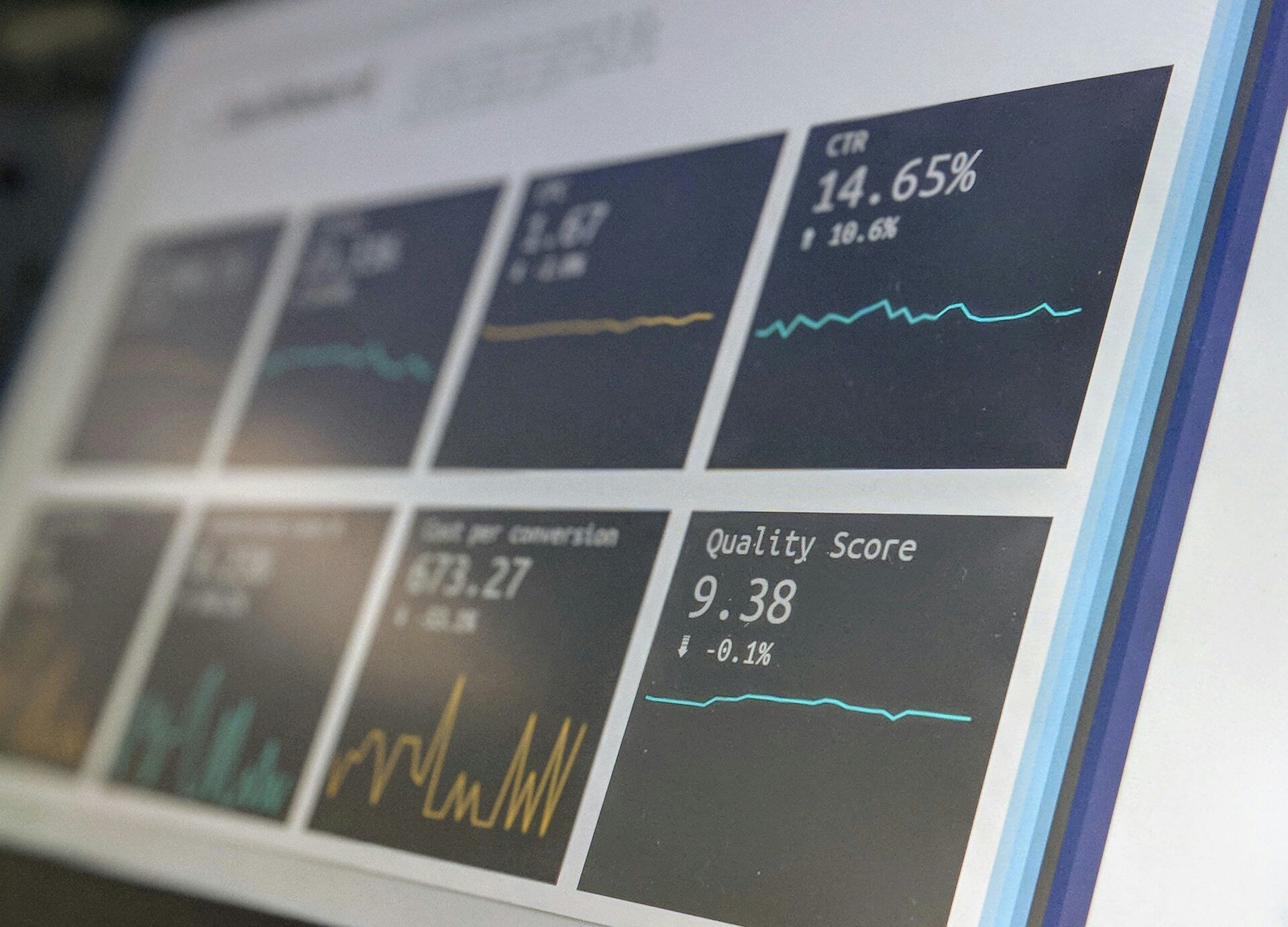Analytics Optimization Series: Building Actionable Audiences in GA4
Transform raw data into high-value audience segments for B2B marketing with a phased, resource-friendly approach and real-world insights.
2 min read
 Tim Bucciarelli
:
April 4, 2025
Tim Bucciarelli
:
April 4, 2025

Understanding how visitors navigate your site is essential to refining the customer journey. Advanced site segmentation and funnel analysis break down complex visitor data, enabling you to pinpoint exactly where potential buyers drop off — and where to focus your optimization efforts. This guide outlines common challenges, shares a real-world example, and presents a phased approach to transforming raw data into strategic insights.
Site segmentation involves dividing your website traffic into meaningful groups based on behavior, demographics, or engagement. Funnel analysis then tracks these segments through the conversion process — from initial visit to final purchase. Together, these tools help you understand which parts of the customer journey are performing well and which require improvement.
Businesses in complex B2B eCommerce environments often face several hurdles:
Adopting a segmented, funnel-based strategy need not be an all-at-once overhaul. A phased approach helps manage resource constraints while progressively building a robust framework:
Even with advanced tools, the challenge remains: vast amounts of data paired with limited resources. Companies often struggle to analyze and act on detailed insights without overwhelming their teams. A phased approach not only spreads out the workload but also allows your team to build expertise incrementally, ensuring that each step is grounded in real data and tailored to your unique business context.
The path to optimizing the customer journey is as unique as your business. What works for Omega Solutions might require adaptation for another organization. The key is to use segmentation and funnel analysis as flexible frameworks that evolve with your strategy, market conditions, and customer behavior.
Advanced site segmentation and funnel analysis provide the precision needed to optimize the customer journey in complex eCommerce environments. By breaking down your data into actionable segments and mapping the conversion funnel, you can identify critical drop-off points and implement targeted improvements. Although the process requires careful planning and phased execution, the payoff is a more responsive, data-driven approach to boosting conversions — even when resources are limited.

Transform raw data into high-value audience segments for B2B marketing with a phased, resource-friendly approach and real-world insights.

Explore the evolving eCommerce analytics landscape in our comprehensive overview. Discover how GA4, AI, and advanced strategies—multi-channel attribution, event tracking, actionable audiences, real-time alerts, funnel analysis, and cookieless tracking—empower B2B marketers to optimize performance.

Prepare for a cookieless future with modern analytics. Discover a phased approach to leveraging first-party data and advanced tracking techniques for B2B eCommerce success.